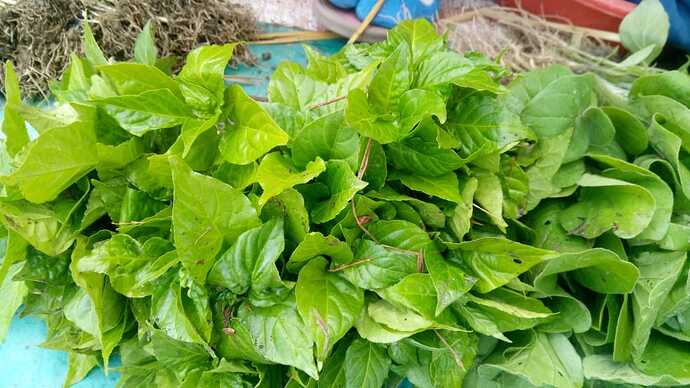Dear All my Farmer friends
If anybody wants to start cultivating a new variety of Chilli, This the one which you can trust as it has an export demand, Cultivation is easy depending on climate to the climate in various states. I am sending the cultivation method to follow
BHOOT ZOLAKIA CULTIVATION
LAND PREPARATION :
- plowing: The field should be prepared well with plowing and harrowing. Cross plowing is advocated to avoid the possibility of remaining unploughed strip.
- Rotovation : The field should be rotovated in order to obtain a fine tilth and adequate incorporation of applied FYM.
- Bed Preparation: Raised bed (15 cm) of 2.25 m width and convenient length may be prepared to keep 40 cm wide inter-bed channels. The provision at definite intervals should be kept to facilitate the placement of irrigation pipes.
AGRONOMIC PRACTICES:
Seed Requirement 50-75 g per ha.
Seed sowing :
- Prepare the nursery bed in a well-drained sunny area measuring 5 m (l) X 1.25 m (w) X 15 cm (h).
- Generally, 3-4 g of seeds should be sown per 10 m2 area.
- A net area of 2000 m2 is required to plant 1 ha.
- Apply 20 kg sand or silt and 20 kg well decomposed sieved cattle manure or compost per 10 m2 area and mix thoroughly.
- Drench the bed with 0.1% Captaf @ 3 lit per m2 so as to saturate the soil up to 15 cm depth.
- Keep the bed covered for 2 days.
- Uncover the bed and keep it as such for 1 more day.
- Apply Furadon 3G @ 3 g per m2 and mix thoroughly.
- Sow the pre-germinated seeds thinly with great care in U-shaped furrow spaced at 2.5 cm.
- Depth of swing should be 1-2 cm.
- Cover the seeds with a thin layer of the treated mixture of sand and sieved cattle manure. The surface should be leveled and firmed.
- Water the bed lightly using water can.
- Place an overhead insect-proof net (40 mesh) structure.
- Keep another transparent polyethylene sheet ready for placing on the overhead structure to serve as a rain-shelter at necessity.
- Regularly inspect for the occurrence of any insect-pest or disease.
- Allow maximum sunlight to the growing seedlings.
- The seedlings get ready for transplanting in 30-35 days after sowing when they attain 10-15 cm height.
- Harden the seedlings before lifting by gradual reduction of water for about a week.
- Copiously water the bed 6 h prior to lifting for minimizing root damage during removal of seedling and maintaining plant turgidity.
Transplanting of Seedlings :
- Seedlings of 30-35 days of age are suitable for transplanting. This operation should preferably be carried out in the afternoon if the sunshine is too intense.
- Each bed can accommodate 3 rows of seedlings.
Spacing:
P-P 100 cm, R-R 100 cm
Manure, Fertilizers & Chemicals:
- FYM: 20 t per ha. To be applied at final land preparation and mixed well through rotovation.
- NPK: 120-60-60 kg per ha. Half of the nitrogen and full doses of phosphorus and potash should be applied as basal and the remaining half of nitrogen to be top dressed in 2 splits at 30 and 60 days after transplanting.
- Others (Micronutrients, Plant growth regulators, etc.): Foliar application of Multiplex 0.2% should be done during the active growth stage. Application of growth promoters like Tricontanol (Vipul) is also recommended for
- boosting up growth and yield.
Application of 2,4-D at 2 ppm at fortnightly intervals I irrigation: Bhut jolokia needs adequate moisture for growth and development. Plants are irrigated at 70-75% field capacity. The sprinkler irrigation system can suitably be used. The use of a drip system results in better water use efficiency with 30% water saving and promotes crop growth and fruit yield.
HARVESTING:
- Size Fruits should be large, 4-5 cm in length.
- Expected Yield 150 q (fresh) and 20 q (dry) per ha depending upon location, growing, and management practices.
- Harvesting of winter planted (Nov) crop commences from next April/May and continues till July/Aug in the plains. Harvesting of summer planted (May) crop commences from Sept/Oct and continues till Dec/Jan in the hills. Fruits should be hand-picked with the stalk intact.
Colour, Condition, Appearance: Fruits should be attractively red and free from any disease spot or mechanical injuries




